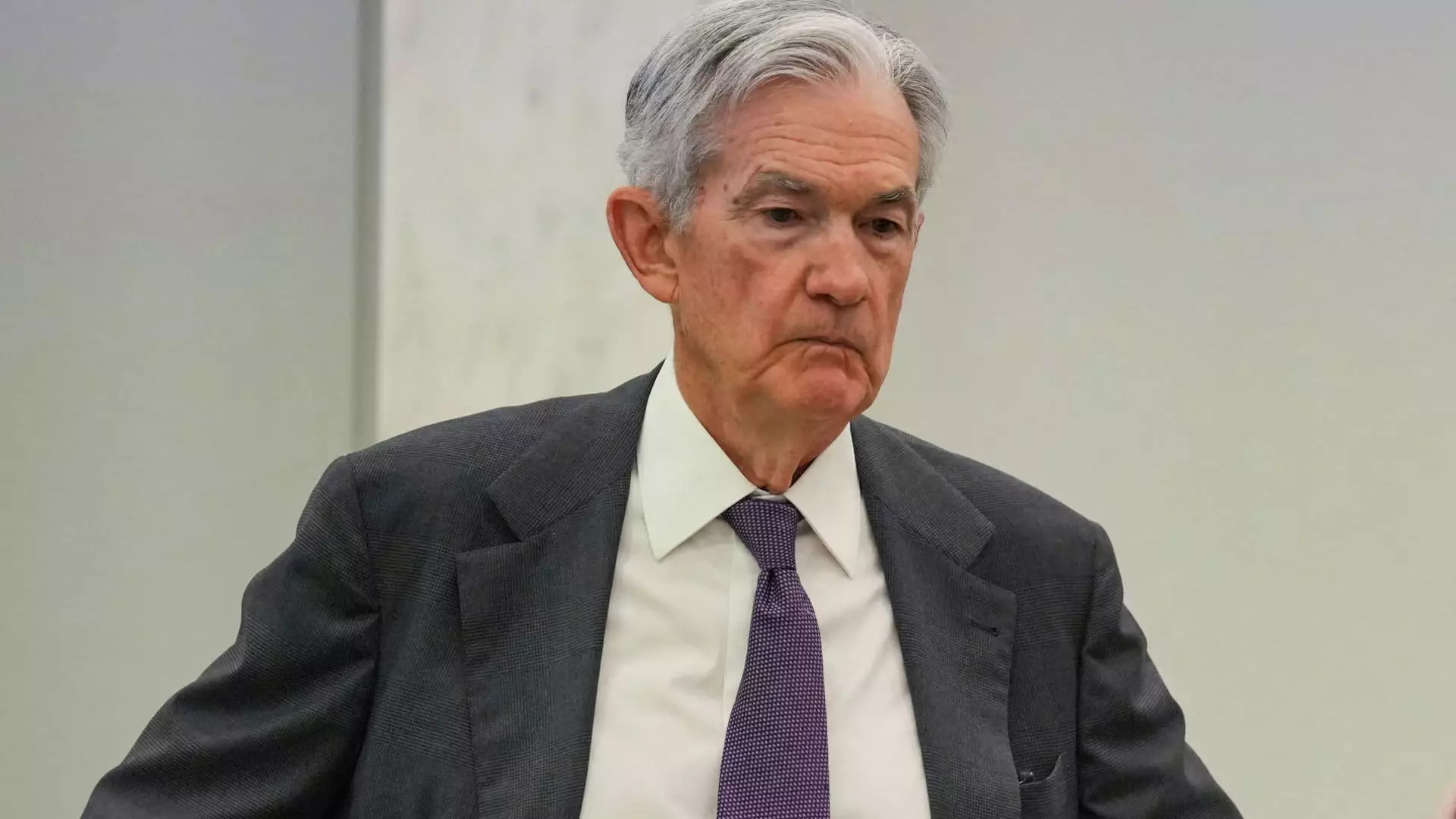In today’s volatile political climate, the notion of an independent Federal Reserve is increasingly a facade rather than a reality. The recent comments by Treasury Secretary Scott Bessent illuminate just how fragile this independence truly is. While he claims that Fed Chair Jerome Powell does not need to resign, his call for an internal review of the Fed’s operations reveals a subtle yet persistent effort to undermine the institution from within. In a political landscape where economic institutions are often pawns rather than pillars of stability, maintaining the veneer of independence becomes a strategic priority for the Fed, but it’s ultimately a battle lost to partisan interests.
The assertion that Powell should remain in office “if he wants to see that through” suggests a performative neutrality, but it is overshadowed by the broader context of presidential interference. President Donald Trump’s explicit calls for Powell’s resignation expose how politicized monetary policy has become. This conflict raises fundamental questions about the integrity of the Fed and whether its historically cautious approach to interest rate adjustments can survive relentless political pressure. The ongoing tug-of-war signals a deeper erosion of trust in centralized economic authority, pushing the Fed into a role that is less about objective stewardship and more about political expediency.
Manipulation of Economic Levers as a Political Tool
The Trump administration’s demands for aggressive rate cuts and the politicization of the Fed’s every decision reflect a troubling trend: monetary policy is increasingly wielded as a weapon rather than as a mechanism to promote stability. The President’s focus on the Fed’s $2.5 billion building renovation, with its cost overruns, is emblematic of how fiscal scrutiny is being weaponized to discredit an institution that is supposed to operate beyond political influence. When executive branches hone in on such operational details, they shift the focus away from the core economic objectives — inflation control, employment maximization, and financial stability — toward partisan narratives.
The possibility of a rate cut in September, driven more by market expectations than by economic necessity, exemplifies how market sentiment is being manipulated by political messaging. The Fed’s cautious stance, waiting for the effects of tariffs and global uncertainties to unfold, underscores a commitment to prudence; yet it also underscores the struggle to resist politically driven impulses to “do something” before the facts warrant action. This tension highlights how fragile the autonomy of monetary policy is amidst the storm of partisan influence and the desire for short-term political gains.
The Need for Structural Reform and a Reinforced Federal Reserve
The call for a comprehensive internal review by Bessent, separate from immediate monetary policy considerations, signals a recognition that systemic reform is overdue. The expansion of the Fed’s functions and its growing complexity have, in many cases, diluted accountability. Without internal checks and balances that are insulated from political dictates, the institution risks becoming a reflection of whoever holds power at a given moment rather than acting as a steady custodian of economic stability.
Reforming the Fed requires more than cosmetic changes; it demands a fundamental reassertion of its independence. This entails strengthening its governance structures, establishing transparent criteria for oversight, and insulating its decision-making processes from political interference. Only then can the central bank truly serve as a neutral arbiter of economic health, rather than a pawn caught in partisan games.
The broader political environment must accept that monetary policy is not a tool to be wielded sporadically for electoral advantage but a complex system that demands stability, expertise, and long-term vision. As the debate intensifies on whether to cut interest rates, it becomes clear that the future of the Fed hinges on its ability to maintain independence in principle — even if that independence is continually tested. It is only through steadfast commitment to reform and resilience against political manipulations that the Fed can fulfill its fundamental mandate and restore trust in its vital role within the economy.

